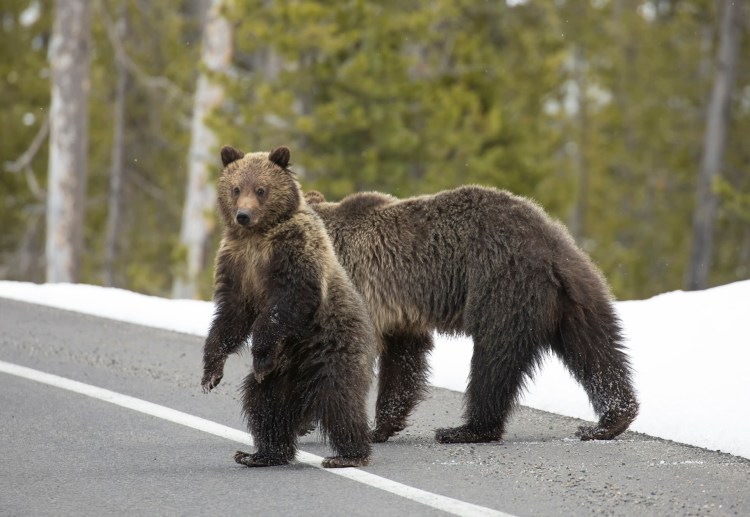The U.S. territory of Puerto Rico recently gained a new marine protected area off the island’s central north coast.
The MPA, named Jardines Submarinos de Vega Baja y Manatí or the Vega Baja and Manatí Underwater Gardens, spans 202 square kilometers (77 square miles) and is the culmination of a 16-year effort by a coalition of local communities and NGOs.
It’s comprised of several critically important ecosystems, including coral reefs, mangrove forests and seagrass beds, and is home to more than a dozen threatened species, including the greater Caribbean manatee (Trichechus manatus manatus) and several species of sea turtles.
“Juvenile sea turtles foraging in the shallow coral reef and seagrass habitats will receive added protection with zoning designed to reduce potential conflicts with recreational vessels,” Wildlife Conservation Society scientists told Mongabay in an email. “This will also afford protection to various species of corals that grow there,” they added.
The new MPA is also a site for local small-scale fishing and several ecotourism projects. The coalition organized to establish the MPA so it can continue to be used by locals and at the same time protect the resources they rely on for sustenance and revenue.
“These ecosystems nourish us and sustain our quality of life,” Ricardo Laureano, leading member of Vegabajeños Impulsando Desarrollo Ambiental Sustentable (VIDAS), said in a press release. VIDAS is one of the local groups that organized to establish the MPA.
“It took 16 years of hard work, starting in 2007, to get here. Over the years, we rallied neighbors, knocked on doors, and engaged local and national leaders to highlight the critical need to protect this Reserve,” Laureano said.
Vega Baja y Manatí joins more than 30 other marine protected areas in Puerto Rican waters. More than 27% of the island’s territorial waters are protected, placing Puerto Rico well on the path of achieving the international goal of protecting 30% of the Earth’s land and water by the year 2030.
Puerto Rico’s MPAs, including this newest one, are part of the Caribbean Biological Corridor that stretches from Puerto Rico to Cuba. The region is a biodiversity hotspot full of endemic and threatened species, including several species of sea turtles, manta rays, whales and sharks. By establishing a biological corridor of protected areas, local conservation advocates say they hope to connect habitats in a way that allows for safe migration between them.
The coalition that established Vega Baja y Manatí is now working on a co-management plan, which will determine what the MPA can achieve in terms of protection.
“The vision of the plan is to zone areas within the MPA to reduce conflicting uses that affect the flora and fauna as well as their critical habitats (coral reefs, seagrasses, and mangroves) in the coastal areas,” the Wildlife Conservation Society scientists said.
This article by Bobby Bascomb was first published by Mongabay.com on 12 November 2024. Lead image by Ron Watkins via Ocean Image Bank.
What you can do
Help to save wildlife by donating as little as $1 – It only takes a minute.







Leave a Reply